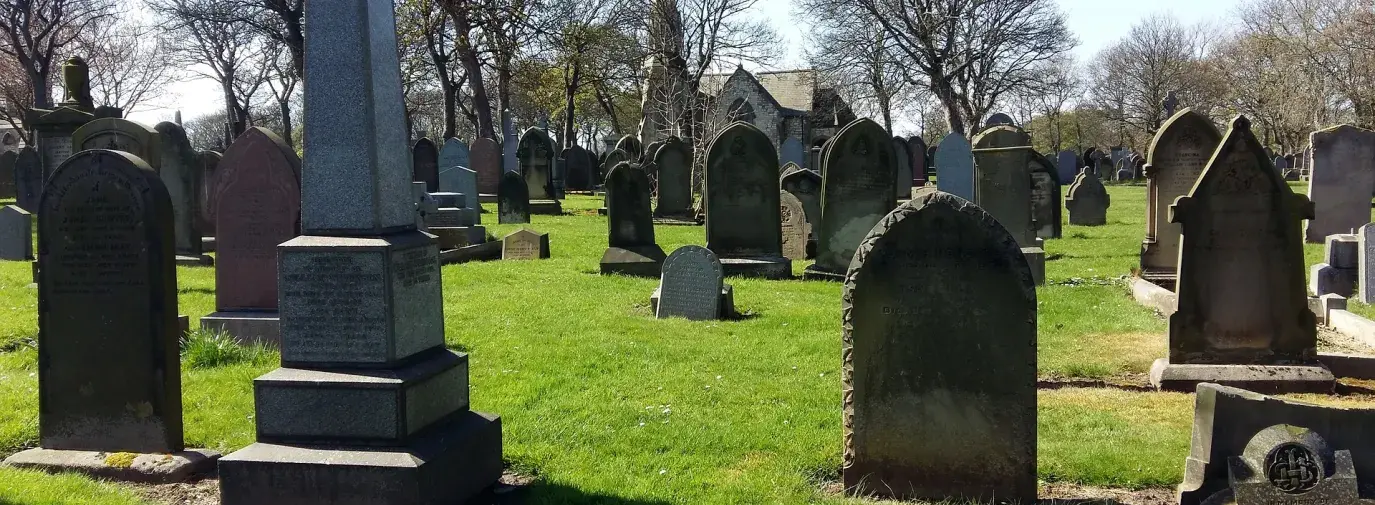
Kristi Minahan plans to protect the environment her whole life—and beyond. As a water resources management specialist at the Wisconsin Department of Natural Resources, Kristi spends her days protecting her state’s land and water. Though she hopes she has many healthy years ahead, the sudden death of a relative a few years ago got her thinking about what she would want when her own time comes someday. 
“I have always felt that the modern ways of [burial] are not the way I want to go,” says Minahan. “I would want to be connected to nature in death, not shut out from nature.”
It can be difficult to contemplate our own end. In the last hundred years, standard US funeral care practices have come to involve the use of toxic embalming chemicals and the burying of impermeable, finished wood, metal, and concrete along with the deceased, often in heavily fertilized cemetery grounds. But studies show that, when asked to think about it, the great majority of Americans want something closer to what Minahan wants: a natural return to the Earth.
The Hazards of Embalming
Embalming first became common in the US in the 1800s, when it was used to preserve the bodies of Civil War soldiers being shipped long distances to their families. Today, many bereaved families are given the impression that formaldehyde embalming is legally required and necessary for protecting public health, but neither is the case in any state.
The embalming process puts mortuary workers at risk both because formaldehyde is a recognized carcinogen, according to the state of California and the World Health Organization, and because the blood displaced by the embalming process may expose these workers to pathogens. Embalming effluent and organic matter extracted during the process are all washed down the drain as wastewater. And some of the estimated 827,000 gallons of embalming fluid buried annually in the US seeps into groundwater, potentially entering local water supplies.
A Box in a Box
If Minahan hopes, when the time comes, to return to nature quickly and simply, she would need to arrange not to be buried in a conventional casket. The caskets funeral directors sell to families are routinely made of non-biodegradable steel, fiberglass, chipboard, or tropical hardwoods from endangered forests, often with rubber or plastic seals and liners.
“The box is pretty, the lawns are neat, and nature can’t get a word in edgewise,” writes Cynthia Beal in Be a Tree: the Natural Burial Guide for Turning Yourself into a Forest (coming Fall 2009 from New Society Publishers).
In most conventional funerals, the casket itself is not even placed directly into the ground. To prevent uneven grounds that are hard to mow, many cemeteries now have rigid cement liners in every new grave into which a casket is placed. Mary Woodsen of the Commemorative Nature Preserves of New York has estimated that US cemeteries inter more than 1.5 million tons of reinforced concrete, more than a million tons of steel, 2,700 tons of copper and bronze, and 30 million board feet of hardwoods every year.
Cemeteries as Land Use
Conventional cemeteries represent a narrow, inflexible use of land in the first place. When a new cemetery is created, the land is often cleared of existing vegetation, ruining the natural ecosystems and beauty of an area in exchange for a perfectly even, manicured lawn. Grounds crews often maintain such a lawn with excessive water usage and heavy applications of toxic pesticides and fertilizers.
The plot of land has a singular use, as large headstones break up the space and mark it as primarily a burial ground, and visitors typically come to the site only a few times a year. The area will never be viable green space that supports naturally existing plant and animal life. Neither will it be a shared community area that supports both land and people.
Greener Choices
Those who won’t want their bodies embalmed with formaldehyde or sealed against the elements increasingly have a variety of choices. The grassroots “home funeral” movement has worked to publicize to families that embalming is not required by law—except in cases where a body is being transported across state lines—and that families can use dry ice or refrigeration to preserve a body naturally for several days before burial. In fact, a number of religions, including Islamic, Jewish, Baha’i, and Quaker faiths, routinely eschew embalming, respectfully washing the body of the deceased and proceeding with burial promptly.
Those who want an ally in avoiding embalming can now turn to the Green Burial Council, the first nationwide clearinghouse for greener burial products and services. You can find a list of funeral providers certified by the Green Burial Council as offering burial options without chemicals on the Council’s Web site, or find guidance for ensuring a formaldehyde-free burial from Crossings: Caring for Our Own at Death, a home funeral resource center.
Green businesses, and several casket makers approved by the Green Burial Council, sell beautiful, simple, biodegradable caskets, shrouds, and urns made from recycled or renewable materials. For example, Colorful Coffins, Natural Burial Company, and Passages International offer caskets made of woven willow branches, plain pine wood, painted cardboard, cane, bamboo, or seagrass, and Natural Burial Company offers an Ecopod, a seed-shaped casket made of recycled paper incorporating mulberry leaves and silk.
Rather than attempt to seal off natural processes, all of these greener burial products invite nature in, and are designed to assist rather than impede a body’s return to the Earth.
Opting Out: Cremation
For several decades, those who were disenchanted with conventional burial looked to cremation as an alternative. Cremation is a part of traditional Hindu and Buddhist funeral practices. Unfortunately, cremation presents some environmental hazards of its own: it requires large amounts of energy, releases significant carbon emissions, and often produces vaporized mercury, a neurotoxicant (an unsavory consequence of the widespread use of dental amalgam).
Within the coming year, the Green Burial Council will finalize standards for “greener” cremation facilities that are more energy efficient, mitigate any mercury emissions, and offset their carbon footprint. And the green businesses mentioned above offer a variety of biodegradable urns for ashes made from gourds, recycled paper, rock salt, or sand.
A Natural Departure: Green Burial
Across the country, communities are joining with conservation groups to envision and create a new kind of burial ground that marries people’s desire to be buried naturally with the goals of land conservation. Kristi Minahan is a part of one such effort, the Trust for Natural Legacies in Wisconsin. These “conservation burial grounds,” “natural burial grounds,” and “memorial preserves,” as they are variously known, are natural lands (not manicured grounds) preserved for multiple uses, including bike or walking paths, native species conservation, or environmental study. Some portion of the land is made available for natural burials—burials without chemicals in biodegradeable caskets or shrouds.
The burial places are not marked with a large headstone, but only with a small marker, or a tree, or sometimes nothing at all, with only GPS (Global Positioning System) coordinates shared with the family so they can find the spot. And the land containing the burial ground is protected from development or other damage by a land trust or easement that ensures that the natural landscape will be preserved in perpetuity. The revenue from burials can be used to purchase more land for the trust as it becomes available, advancing conservation an acre at a time.
These greener burial sites appeal to people who want their last act to be a life-giving one. At the same time, conservation burial grounds also present conservation organizations with a vitally needed mechanism for funding their restoration projects.
Even as these burials direct funds towards conservation, they still often cost significantly less than conventional burials. Families spend an average of $6,500 on burial, including embalming, before paying for cemetery costs such as a lot and gravestone; by contrast, a green burial with a plain wooden casket and a site in a conservation burial ground can come to less than $3,000.
A Natural Departure: Green Burial
Today, there are more than 200 green burial grounds across the UK. By contrast, the stateside green burial movement is still in the early phases. To see if one of the dozen or so existing green burial grounds in the US are near you, visit our Web site or the Green Burial Council’s site, or seek out any local efforts to create one. Your local chapter of the Funeral Consumers’ Alliance may also be a helpful source of information about local resources for greener final arrangements.
Thanks to a growing interest in more meaningful, affordable burials and in the environment, the green burial movement has been growing dramatically over the past few years, says Joe Sehee, executive director of the Green Burial Council.
“This is the place where ritual and memory connects people to land and to land conservation,” he says. These greener burial options can actually help people feel less resistant to thinking about and planning their final arrangements, because “people can know that their last act is of incredible importance. When they pick out a green burial plot, they are proud. ... It makes people’s eyes sparkle—I’ve seen it.”







